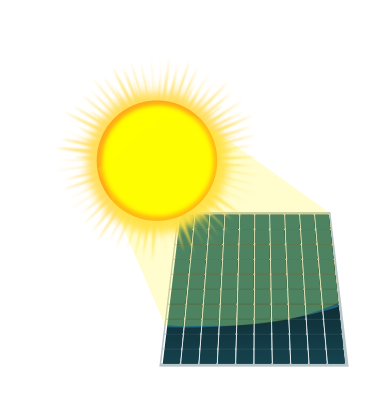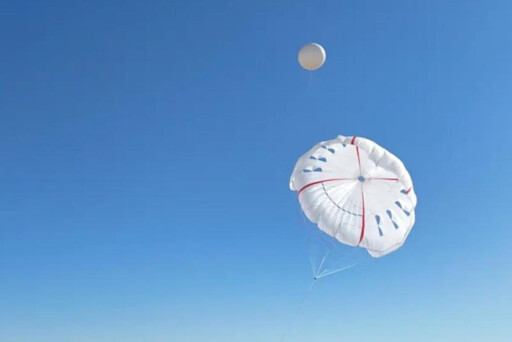China has successfully deployed the world’s largest power-generating kite, capable of harnessing the potential of energy-dense, high-altitude winds to provide cheaper power than traditional surface turbines
The 5,000 square-metre high-altitude wind power capture kite was unfurled at a test site at Alxa Left Banner in the Inner Mongolia autonomous region on Wednesday, according to state broadcaster CCTV.
What puzzles me: what is the risk of wind lull at high altitude? I know that winds are terrifically fast there (100 km/h would be considered a slow day at 10 km altitude) and slow down approaching the surface, but do lulls exist at all?
How does it work? It says it’s connected to a generator, but, like - how does it . . . Go?
A really simplified explanation: the wind pushes the kite, which unreels the kite string, which spins the generator shaft to generate electricity.
When the kite string runs out, the kite folds up or changes its orientation so the wind isn’t pushing it anymore, and the generator reels in the kite string. This takes less power than the kite previously generated because the kite isn’t pushing against the wind while it’s being reeled in.
When the kite string is reeled in far enough, the kite catches the wind again, the kite string starts unreeling again, repeat as long as there’s wind.
It’s actually, I think, a really creative implementation of wind power.
Ahh that makes sense. I wonder how long the “string” lasts?
Not the usual power kite design which is more “air wing sail” shaped instead of parachute shaped. Use of helium balloon would make it less susceptible to fall to ground in wind lull.
Kites tend to make electrical power by changes in tension rather than tension. The air wing allows a cycle of power and depower movements to drive a motor. I don’t get how a parachute can do the same, though this would be good for boat propulsion.
Similar kite systems are being developed elsewhere in the world, including by the Dutch start-up Kitepower, whose kites are flown in continuous cycles of figure-eight patterns to produce energy at the ground station to which they are tethered.
5 square kilometers. dayum. (I think that’s big. it sounds big.)
During the tests, the 5,000 square-metre kite - about the size of 11 standard NBA basketball courts
Finally, we’re not using American football fields
5000 square meter is not 5 square kilometer lol
doh! 🤦♂️
Yep.
5000 m2 is more or less “the size of a football field” (50 x 100 m).
5 km2 is 5000 x 1000 m = 5 000 000 m2, “the size of a large farm field”, not a practical size to get airborne with current technology.



